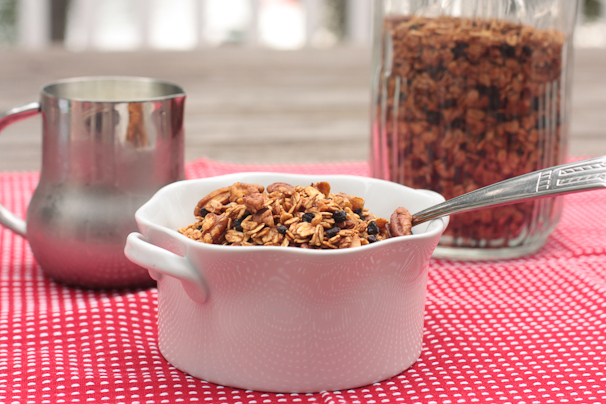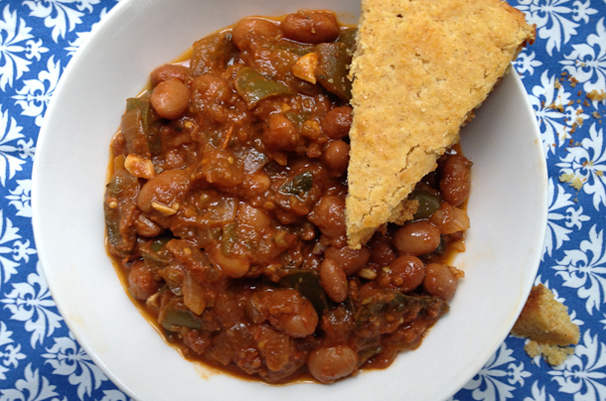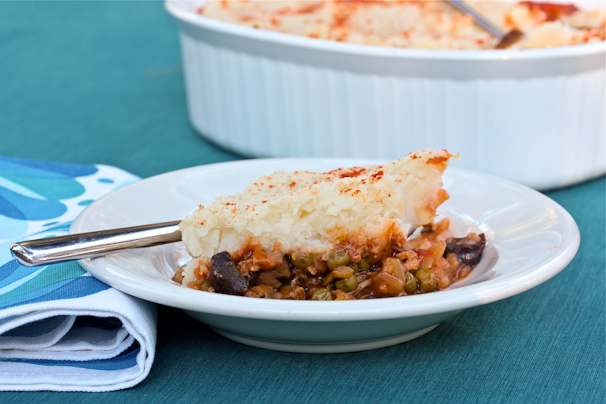
Enjoy more nutritious holiday feast, and get a chance to win one of three great books: Wild About Greens, Vegan for the Holidays or Artisan Vegan Cheese.
 Why a Healthy Thanksgiving Challenge? Well, most Thanksgiving recipes are loaded with butter and cream … not to mention sodium, sugar and red meat. It’s the quintessential “heart attack on a plate.” But it doesn’t have to be that way.
Why a Healthy Thanksgiving Challenge? Well, most Thanksgiving recipes are loaded with butter and cream … not to mention sodium, sugar and red meat. It’s the quintessential “heart attack on a plate.” But it doesn’t have to be that way.
Don’t worry, I’m not talking about giving up stuffing, gravy or apple pie here! Just making them better. With the Healthy Thanksgiving Challenge, I hope to put together a group of holiday recipes that won’t leave your arteries crying “uncle.”
Want to participate? Here’s how:
Fellow food bloggers: Make a healthy Thanksgiving dish and post the recipe on your blog by November 15 17. Please link to this page in your post and feel free to download and display the Healthy Thanksgiving Challenge badge. I’ll include select recipes on a roundup of participants on November 16 19.
Everybody: Enter the cookbook giveaway by following the instructions in the Rafflecopter widget below! There are five different ways to enter, by doing things like leaving a comment, linking to your blog post or sharing the Challenge with your friends and followers. (Tip: Publishing your own linked blog post with a recipe counts as five entries!)
a Rafflecopter giveaway
I’ll be sharing some of my own favorite Thanksgiving recipes over the next few weeks. In the meantime, use my 10 Tips for a Healthy Thanksgiving as a guide for planning your feast. (Note: I don’t pretend to be an expert and I’m certainly not a nutritionist, but these are my personal guidelines for a healthy holiday. Feel free to comment with your own tips.)
10 Tips For A Heart-Healthy Thanksgiving
1. Say no to butter, heavy cream and full-fat cheese
Instead of butter – or heaven forbid, shortening – make heart-healthy choices like extra virgin olive oil, high-oleic safflower oil, organic canola oil or macadamia nut oil. This goes for the outside of the turkey, sautéing vegetables, enriching stuffing, and baking pies (see Tip #9). To replace heavy cream in soups or sauces, try evaporated skim milk or cashew cream. Fat-free yogurt and sour cream can be used in mashed potatoes, creamy dips, soups, sauces and more. If a recipe calls for whole milk, use skim, soy or almond milk. There are many reduced-fat cheeses available, and fat-free ricotta and feta are surprisingly good when used in recipes (albeit processed, hypocritically violating Tip#10.)
2. Ditch the fatty meats
Sausage stuffing? Bacon-wrapped turkey? No, you really don’t the extra saturated fat on this already-decadent day. For your stuffing, consider crumbled Field Roast vegetarian sausages (although they are super high in sodium, so use sparingly). The smoked apple variety is particularly well suited for Thanksgiving. Wild mushrooms (fresh or dried) can also lend a wonderfully meaty flavor. Smoked paprika can add a bacon-y taste, too. And if you’re cooking a turkey, be sure to remove any extra globs of fat before you roast (leave the skin on of course, but don’t eat it.)
3. Use whole grains
Less white flour = fewer empty calories and carbs. White whole wheat flour and whole wheat pastry flour are superior substitutes. Use them for your baking, and try whole grain breads for your stuffing. Find ways to work in whole grains like quinoa and barley into the meal – there’s no rule that stuffing has to be made with bread, and gluten-free folks will appreciate an alternative, too.
4. Look beyond the turkey
If there are any vegetarians at your table, they deserve more than a plain hunk of tofu. With vegetarian entrees that serve as centerpieces in their own right, you’ll have hardcore meat eaters straying from the turkey platter. Festive stuffed pumpkin or squash, smoky maple seitan sausages, shepherd’s pie, wild mushroom strudel … the possibilities are endless.
5. Cut down on the salt
Start with one third the amount that would be used in a traditional recipe (except for baking recipes) and go from there. You’ll be surprised that you don’t miss the excessive amount. Use lemon juice to brighten the flavors of vegetables, which will reduce the need for salt. If you are using commercial broths, be sure to look for the lowest sodium brands you can find.
6. Watch the sugar
Sure you’re going to eat pie this Thanksgiving, and I’m all for that (as long you follow the guidelines below – see Tip #9). But to make up for it, reduce or eliminate the sugar in other places, such as in your sweet potatoes and cranberries. Try chopping and roasting sweet potatoes with savory herbs and spices instead of making a traditional sugary sweet casserole, and serve a less-sweet (but no less delicious) cranberry sauce. Bring sweetness to the table with naturally sweet vegetables like beets and with fresh fruit in salads. And remember, sugars also come from carbs, so do yourself a favor and don’t serve bread with your meal. It’s really the last thing you need, especially with bread stuffing.
7. Go overboard on vegetables
Mashed potatoes don’t count, people! Instead of one vegetable side dish, why not serve four or five? Green salads are often missing on the Thanksgiving table, and it’s a shame – bitter greens like watercress, arugula and radicchio are holiday naturals, especially when combined with seasonal fruits and nuts. Be sure to make some superstar vegetables like kale, brussels sprouts and broccoli so you can load up on antioxidants. Remember, the more vegetables on your plate, the less carbs and sugar you’ll eat during the meal. And speaking of mashed potatoes, try replacing half the potatoes with more nutritious vegetables like cauliflower, carrots or even beets.
8. De-fat your gravy
If you’re a meat eater, turkey gravy is an essential. But it doesn’t have to be made with loads of turkey fat. Here’s the Mayo Clinic’s method for low fat turkey gravy. Of course, you can also make a rich, flavorfulvegetarian gravy that will knock the meat eaters’ socks off.
9. Lighten up dessert
Pie is a holiday practically a requirement. But here are some guidelines. Fruit pies tend to be better choices, but it is also possible to make a heart-healthy pumpkin pie. Whatever pie you make, be sure the crust is heart-healthy and not full of butter or shortening. Use whole wheat pastry flour for at least half of the amount called for. Skip the step of dotting fruit pie fillings with butter, it is simply not necessary. Instead of a top and bottom crust, try a top-only crust – and if you cut it into rough pieces and patch it together, you’ve got a pandowdy. If you really want to lighten up your Thanksgiving dinner, baked apples are a delicious but often-ignored light dessert alternative.
10. Avoid processed foods
Processed foods tend to be high in salt, calories and unhealthy fats. Use Eating Rules’ October: Unprocessed guidelines: “If you pick up something with a label (and if it doesn’t have a label, it’s probably unprocessed), and find an ingredient you’d never use in your kitchen and couldn’t possibly make yourself from the whole form, it’s processed.”
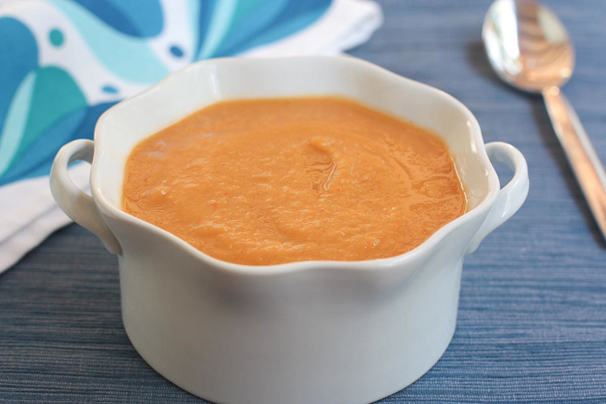
 I love the idea of a healthy but luxurious soup to start off the Thanksgiving feast. But I keep the servings small, to avoid filling everyone up, and keep the soup simple, to warm up your tastebuds for the onslaught of flavors to come. This winter vegetable soup fits the bill perfectly. The clean flavor of the root vegetables shines through, and unlike many similar soups, it’s not cloyingly sweet. And of course, it’s not enriched with heavy cream or anything else to make it too heavy.
I love the idea of a healthy but luxurious soup to start off the Thanksgiving feast. But I keep the servings small, to avoid filling everyone up, and keep the soup simple, to warm up your tastebuds for the onslaught of flavors to come. This winter vegetable soup fits the bill perfectly. The clean flavor of the root vegetables shines through, and unlike many similar soups, it’s not cloyingly sweet. And of course, it’s not enriched with heavy cream or anything else to make it too heavy.

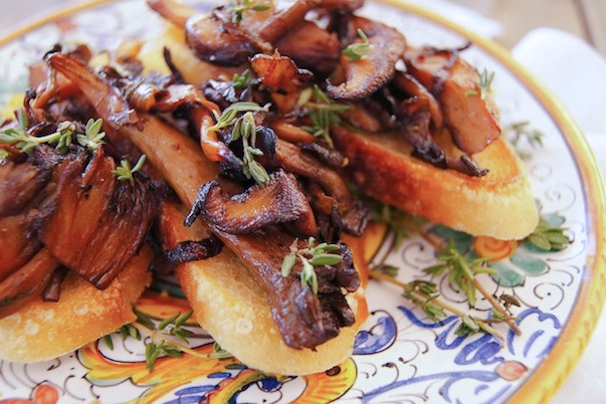
 I’m excited to present a
I’m excited to present a 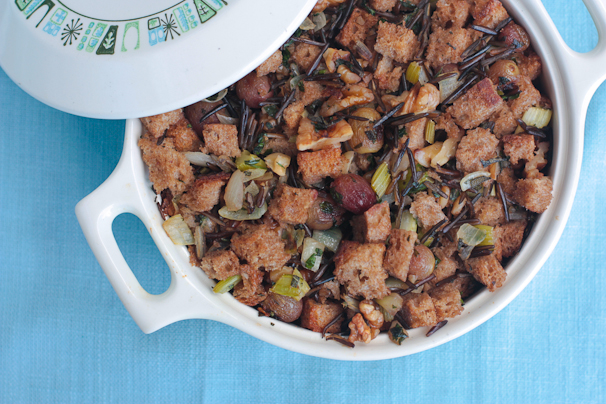
 Roasted grapes are an underrated food in my book – they’re sweet little nuggets of deliciousness. So when I was searching for a new twist for Thanksgiving stuffing, roasted grapes naturally came to mind. I also added pecans, and used wild rice in addition to the usual bread. Between the chewy wild rice, the slightly crunchy nuts and the soft, juicy grapes, this stuffing has textures galore.
Roasted grapes are an underrated food in my book – they’re sweet little nuggets of deliciousness. So when I was searching for a new twist for Thanksgiving stuffing, roasted grapes naturally came to mind. I also added pecans, and used wild rice in addition to the usual bread. Between the chewy wild rice, the slightly crunchy nuts and the soft, juicy grapes, this stuffing has textures galore.
 Why a Healthy Thanksgiving Challenge? Well, most Thanksgiving recipes are loaded with butter and cream … not to mention sodium, sugar and red meat. It’s the quintessential “heart attack on a plate.” But it doesn’t have to be that way.
Why a Healthy Thanksgiving Challenge? Well, most Thanksgiving recipes are loaded with butter and cream … not to mention sodium, sugar and red meat. It’s the quintessential “heart attack on a plate.” But it doesn’t have to be that way.